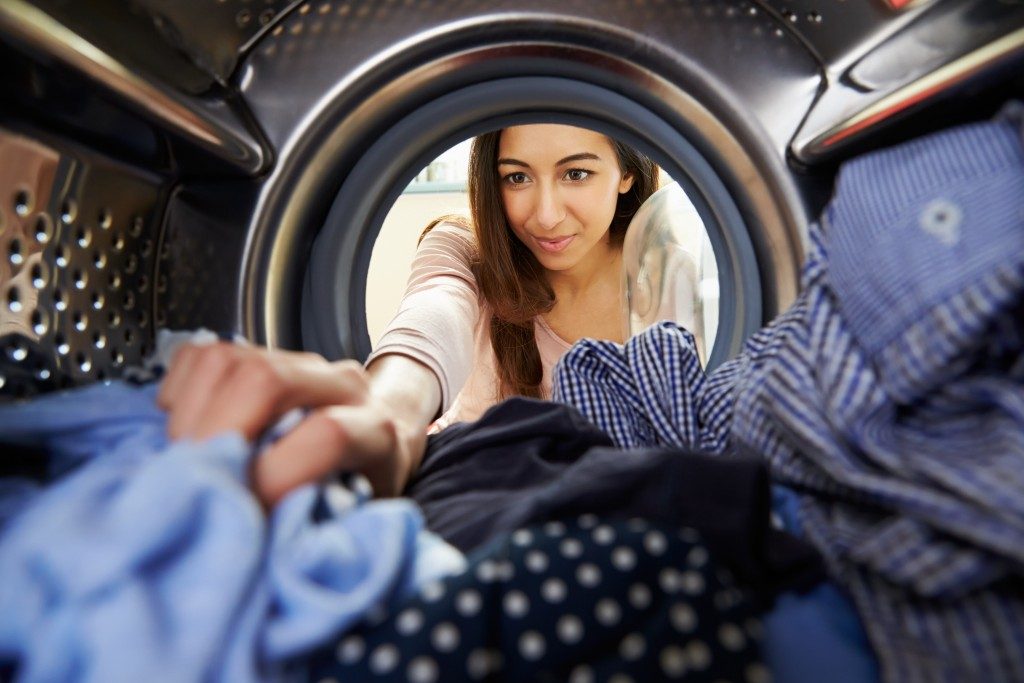Collective awareness of our environmental state brings attention to even the most mundane of activities, like laundry. Research shows that as many as 700,000 microscopic fibers pollute the environment each time you do your laundry. These synthetic particles make their way through fragile ecosystems and endanger them.
Additionally, a load of laundry in an old machine uses up to 40 gallons of water. Any water not absorbed by clothing and fabrics in a single wash load is water waste and flushed into the sewers.
With these staggering numbers and what this means for our environment, how can you help lessen your environmental footprint? Here are some green-friendly laundry tips you can do to minimize your ecological footprint.
1. Wash clothes in cold water
Using hot water while doing laundry adds the most to your carbon footprint. A typical washing machine consumes about 80 percent to 90 percent of its total energy just to heat the water, with the remaining percent to power the motor. In the US alone, 49 percent of the laundry loads run with warm water, 37 percent with cold water, and 14 percent with hot water. Imagine the decrease in the amount of carbon dioxide emissions if every household in the country strictly used cold water in their laundry routine.
2. Only wash when necessary
You can use your shirts at least two to three times before washing. Frequent washing of clothes that aren’t even dirty leads to a waste of energy, water, and detergent (loaded with chemicals that go straight to our environment). Washing less also means lesser microfibers extracted from your clothes and polluting the oceans. Limiting your wash time into a single load of clothes accumulated (ideally) in a month decreases your ecological impact significantly; as compared to laundry days done once a week.
3. Maintain your washer
 Make sure your appliance isn’t taking up more energy than it should. Faulty, wonky washers use up more energy and more water than they should if left unchecked. Have your washer checked out in your city’s repair shop immediately if you start hearing loud whirring noises and see leakage beneath the tub.
Make sure your appliance isn’t taking up more energy than it should. Faulty, wonky washers use up more energy and more water than they should if left unchecked. Have your washer checked out in your city’s repair shop immediately if you start hearing loud whirring noises and see leakage beneath the tub.
4. Choose eco-friendly detergent
Conventional detergents use ingredients that aren’t good for you or the environment. Phosphates in these soaps can cause algal blooms that negatively affect ecosystems and marine life. Look for more eco-friendly, readily biodegradable detergents made from plant-based ingredients. Using eco-friendly laundry soap reduces chemical waste washed down the drain after laundry day.
5. Don’t dry clean
Dry cleaners use chemicals, like chlorinated solvents, to treat your clothes. Studies show these chemicals are not only hazardous to the environment but to your health as well. These chemicals are toxic, volatile, and resistant to degradation, contributing to the chemical pollution in the environment. Check labels before you buy clothes that require dry cleaning. Otherwise, drying them out in the sun works just fine.
Minimize your ecological footprint by being more conscious of how you do your laundry. Read product labels, avoid those with toxic chemical content, and use your washer sparingly.

